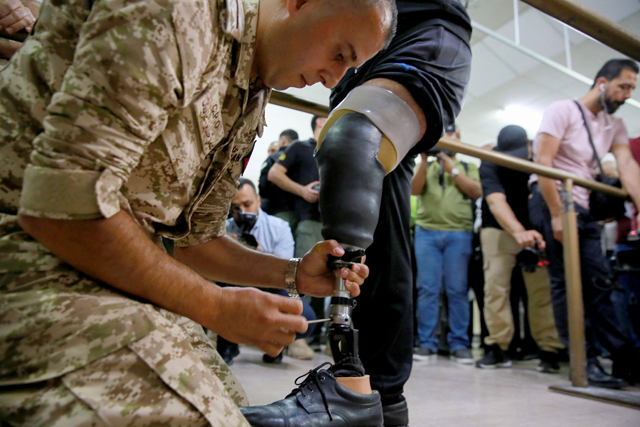A literature review examined surgical and prosthetic recommendations for upper-limb amputations and concluded that greater emphasis on pre-operative planning and interprofessional collaboration can improve prosthetic outcomes, reduce device rejection rates, and enhance functional independence and well-being.
The researchers noted that while surgical guidelines traditionally emphasize maximal limb preservation, prosthetists often advocate for amputation sites that optimize prosthetic fit and function, highlighting the need for a multidisciplinary approach that involves surgeons, prosthetists, rehabilitation specialists, and patients in the decision-making process.
The review included analysis of digit amputations to shoulders disarticulations, and explored the implications for prosthetic design, functionality, and patient outcomes. Prosthetic options, including passive functional, body-powered, myoelectric, and hybrid devices offer distinct advantages and limitations based on the level of amputation. Prosthetists emphasized the importance of residual limb length, not only for mechanical efficiency but also for achieving symmetry with the contralateral limb, minimizing discomfort, and enhancing control.
The authors also addressed emerging technologies such as targeted muscle reinnervation and advanced myoelectric prostheses that are reshaping rehabilitation strategies, further highlighting the need for precise amputation planning.
The open-access study, “Optimal Sites for Upper Extremity Amputation: Comparison Between Surgeons and Prosthetists,” was published in Bioengineering.
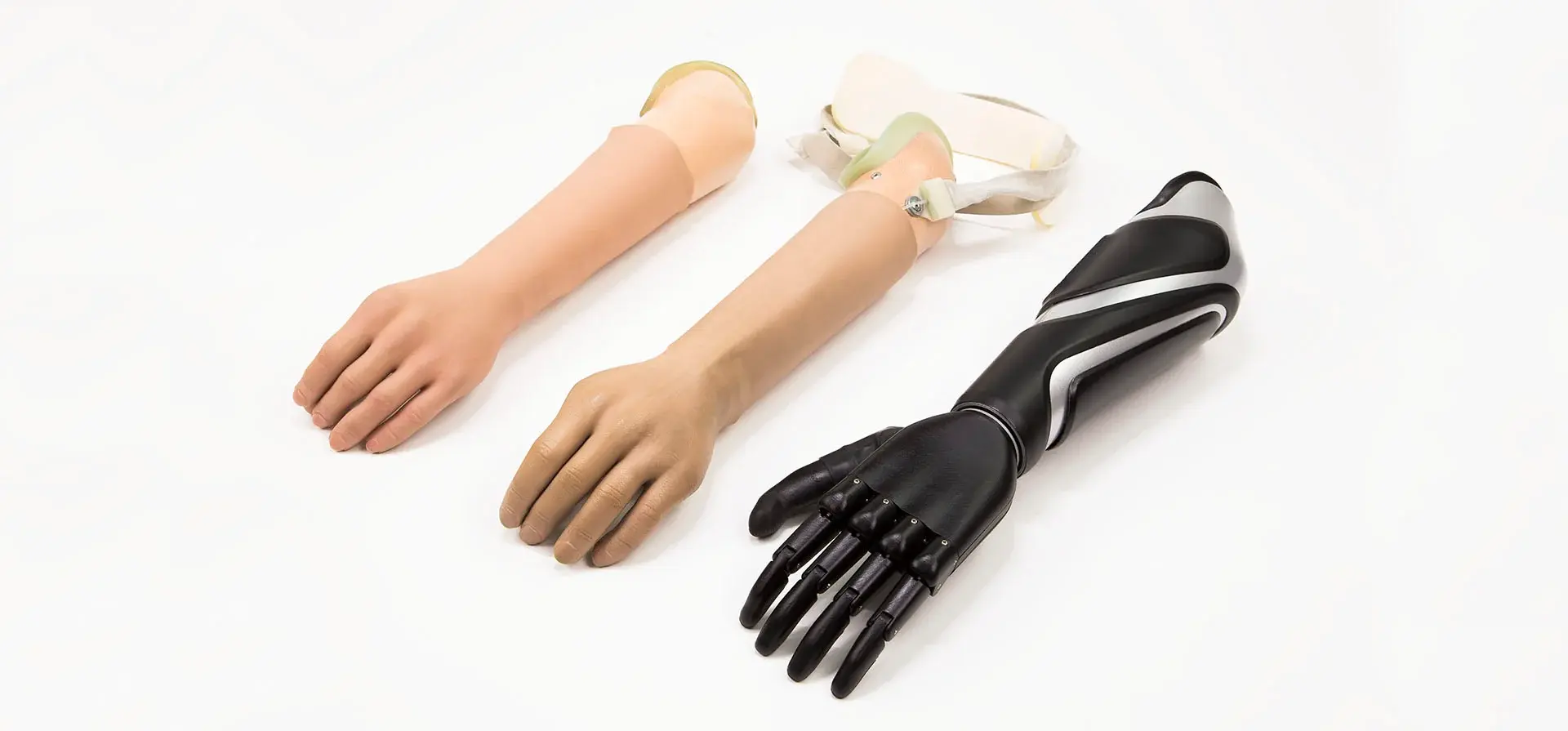



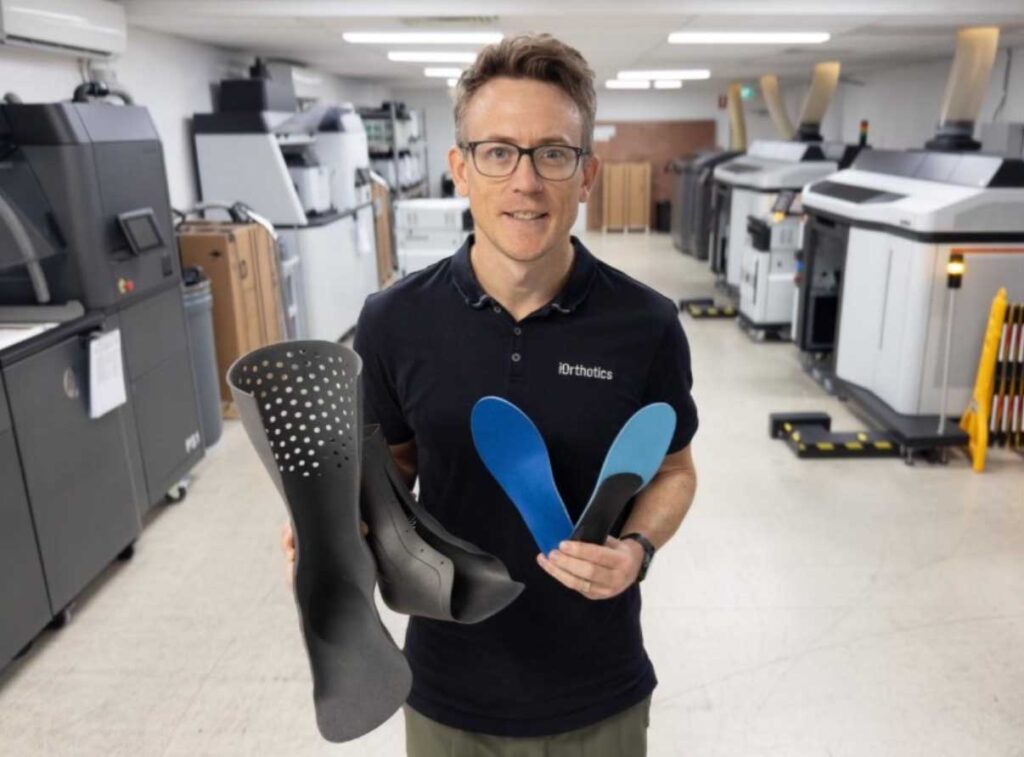


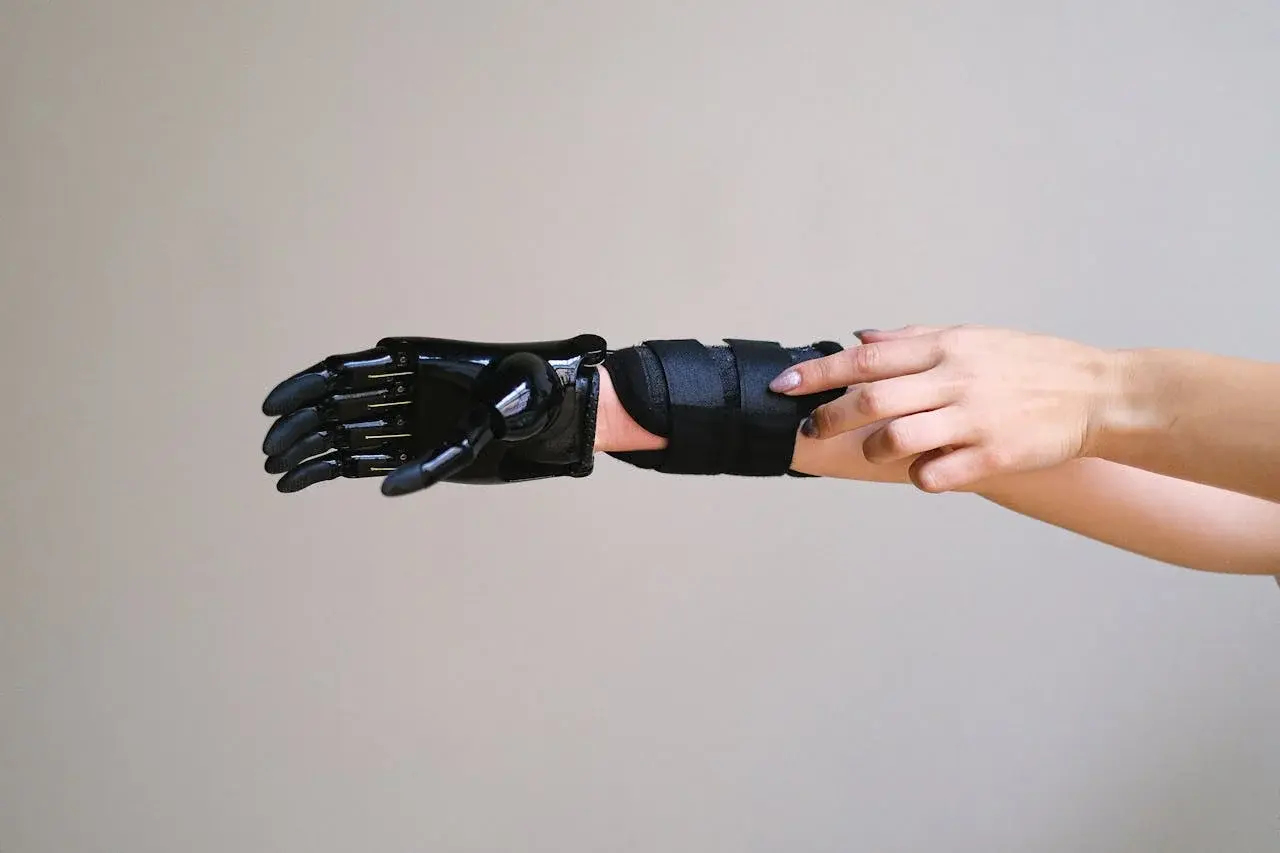
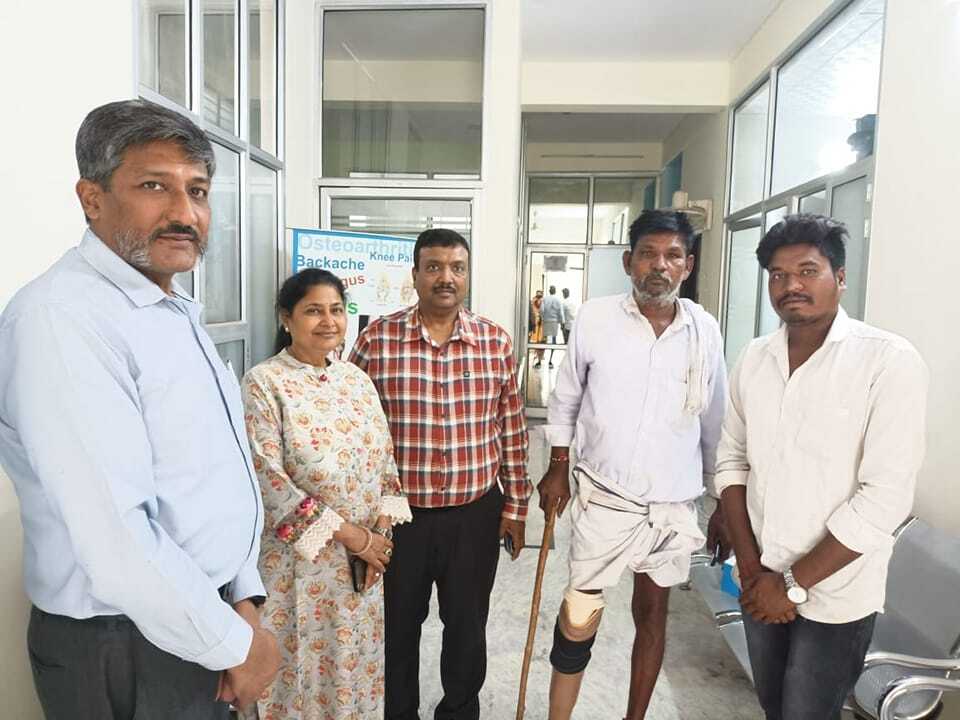


-1.png)
.jpg)

